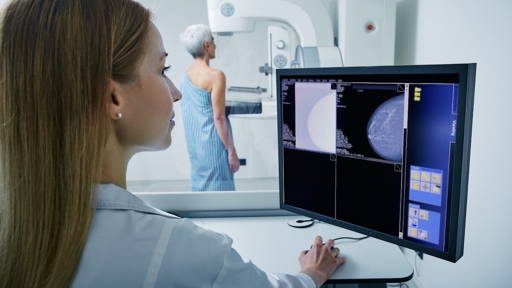The University of Twente (UT) in the Netherlands has presented its first MDR-compliant open-source medical device: the 3D footplate. The device has been specially developed for medical imaging of complex hindfoot pathologies and offers a solution for small patient groups for whom commercial development is often not profitable. Thanks to an open-source design strategy, the footplate will soon be available to clinicians via a freely accessible platform, including full documentation in accordance with the Medical Device Regulation (MDR).
The development of medical devices is usually a lengthy and costly process. It is particularly difficult to find a profitable revenue model for devices aimed at rare conditions or small patient groups. As a result, many useful innovations remain stuck in the prototype stage. Within the Biomedical Device Design & Production chair (part of the TechMed Centre), the UT is investigating alternative routes to make such devices available. The 3D footplate serves as a pilot project in this broader strategy.
Simplicity and reproducibility
What makes the 3D footplate unique is its modular design based on Design for Assembly principles. By using standard components, laser cutting and 3D printing technology, an “IKEA-style” construction has been realised. The footplate is easy to assemble by medical professionals, without specialist production knowledge or expensive equipment. The device accurately positions the foot relative to the lower leg during CT scans, allowing stress situations to be simulated and increasing diagnostic accuracy. This enables the measurement of relative bone movements that are relevant for treatment planning and post-operative assessment.
The UT provides a complete technical file for the design: from risk analysis to assembly instructions, and from evaluation tests to the technical construction file. These templates significantly lower the administrative threshold for healthcare institutions and make it possible to use the device safely and in accordance with guidelines within their own quality management system.
Global scalability
Although the device is currently mainly used in academic centres such as the AUMC and MUMC, the open-source approach offers opportunities for wider distribution, including in low- and middle-income countries. By democratising design and production, the University of Twente aims to contribute to a sustainable and accessible healthcare infrastructure. The project is therefore not only an example of technological innovation, but also of social responsibility in the medical sector. Further open-source tools are already in preparation.
In 2022, Zuyd University of Applied Sciences worked on the project “Occupational Therapy and DIY Technology”. Within this project, research was conducted into ways in which Do-It-Yourself technology, such as 3D printing, can be used in occupational therapy to develop affordable, tailor-made tools for people with disabilities. In addition to concrete tools, the project has led to practical tools such as process descriptions and an online platform (Hulpmiddelentips.nl) where smart 3D designs are shared. This contributes to better participation in society for people with disabilities and shows how technology and care reinforce each other.









